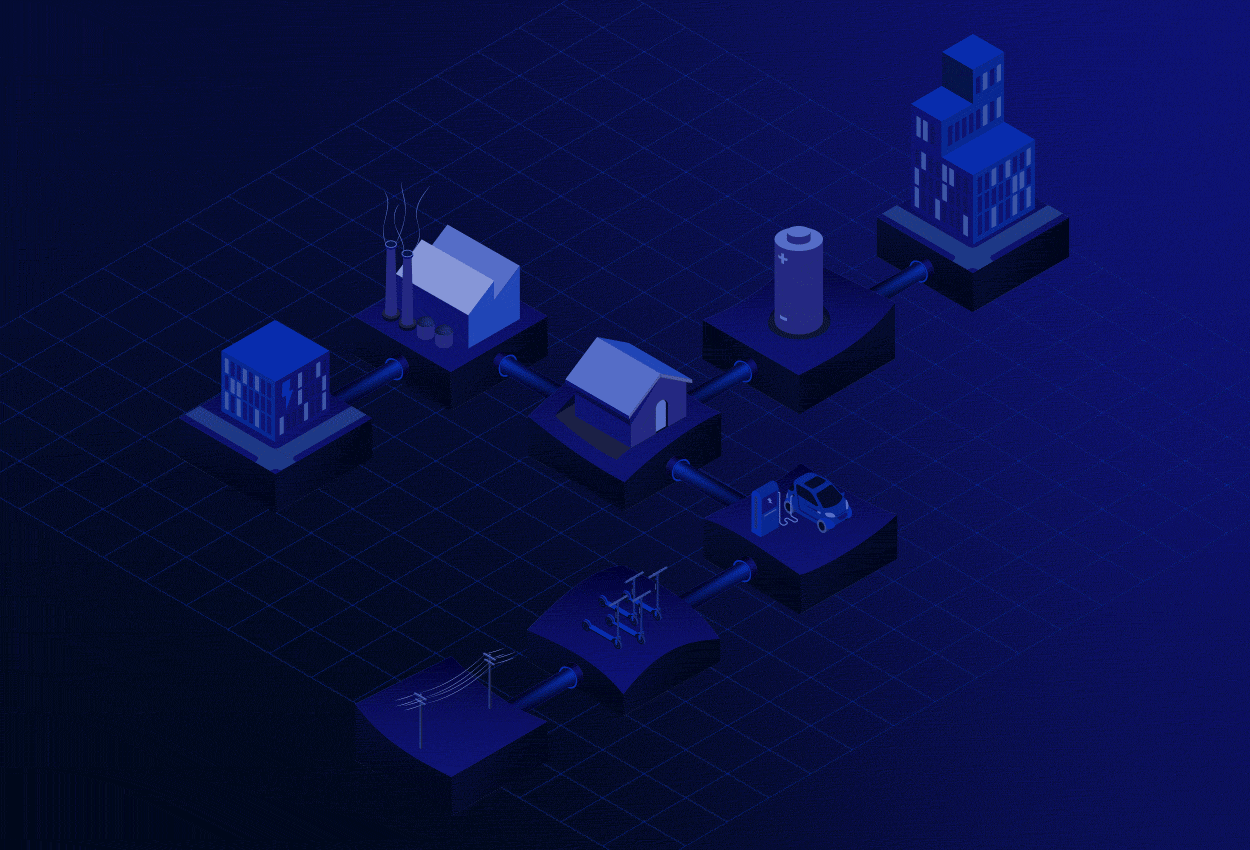Flux Federation | 30 March 2022


The uptake of distributed energy resources (DER) has mainly been driven by the desire to decarbonise energy use. However, the application of this type of generation goes far beyond the ‘green’ conversation. DER can provide customers with a reliable local energy source and allow the application of new energy technologies that benefit retailers and their customers.
Coupled with the right software, DER can also allow communities to share renewable energy generation and take advantage of other tools, such as smart energy management technology and power purchase agreements (PPAs).
Unfortunately it is often small, isolated communities that bare the brunt of extreme weather events, such as bush fires and flooding.
The growth of microgrids in these communities can offer a pathway to energy security by using renewable energy and decreasing their reliance on weak grids or imported fuels - such as diesel - for generation.
PATHWAY TO INNOVATION
Microgrids are small-scale electricity systems that can coordinate local energy resources, such as solar panels and battery storage, to provide secure electricity within a defined geographical area.
In 2018, the north-east Victoria town of Euroa received funding from the Victorian State Government to develop a microgrid to reduce their reliance on the grid and source energy from more renewable and local sources.
The trial also allowed energy company Mondo to establish PPAs with customers to utilise the renewable DERs. The use of real-time analysis of energy activity within the microgrid meant participants could make more informed decisions about energy use at their properties.
For retailers, whose responsibility it is to ensure their customers maintain a secure supply of electricity, microgrids are a way to introduce resilience and increase the application of new energy technologies.
Developing a robust microgrid offering requires technological applications, including software that can successfully aggregate different generation data, monitor it, and correctly charge the end user for it.
BUILDING COMMUNITY RESILIENCE
The Australian government has also recognised the importance of microgrids as a key tool for parts of the country experiencing more frequent intense weather events.
Following the extreme conditions of the 2019-20 fire season, the Victoria State Government carried out a feasibility study to assess options for more resilient energy infrastructure options to mitigate high impact and extreme weather events.
The Community Microgrid and Sustainable Energy Program was launched in May and supports the installation of a mix of solar, batteries and other distributed energy resources to build energy-resilient rural communities.
The Australian Renewable Energy Agency (ARENA) has also launched a six-year, $50 million microgrid programme with a similar aim.
Recent international events further bolster the importance and economic viability of having local sources of renewable generation. For rural communities that rely heavily on diesel generation, the increased cost of fuel is adding significantly to their power bills.
PARTNER WITH SOFTWARE THAT WORKS
Much like virtual power plants, microgrids in Australia are slowly becoming established. Isolated communities in Western Australia, such as Perenjori - 350 kilometres north of Perth - have already found some benefit following the installation of a 1 megawatt-hour battery near their town.
Prior to this, the small town relied entirely on a long stretch of power lines, exposed to multiple environmental factors, and often experienced power outages. Since the battery was installed in 2018, it has been used more than 300 times to improve customers’ power quality.
Given the unprecedented levels of investment in wind, solar and storage - at both a commercial and residential level in Australia, the building blocks are already there for retailers to develop a microgrid offering.
Some well-established retailers may have found their legacy software platform has become a barrier for pursuing propositions such as microgrids. Or, they want to offer one but are limited by how to bill it with their existing software.
Removing the question of software capability means retailers can provide a watertight offering to customers.
The API-driven flexibility of the Flux platform means we can deliver almost any microgrid offering retailers want for their customers, including the capability to bill it.
The flexibility of our software makes it possible for our clients to respond faster to the environmental and political changes that are impacting the energy needs their customers have.
Retailers need the tools to respond to what is becoming more and more important for their customers - having a source of reliable energy at an affordable price. Flux has the software needed to create an attractive customer offering. Get in touch with us today.

Sign up for the latest updates in technology, changes, regulations, and new energy products from Flux.